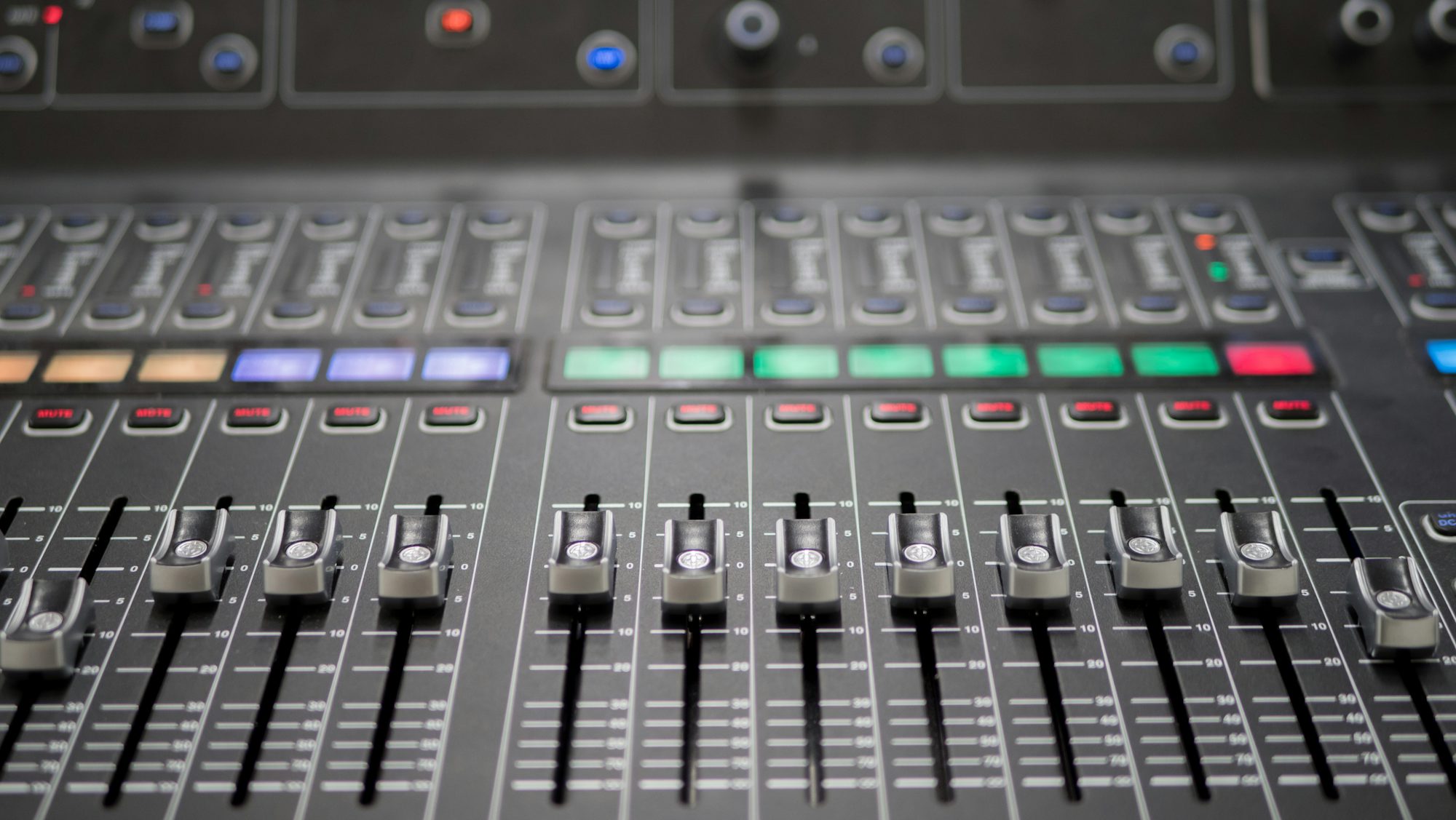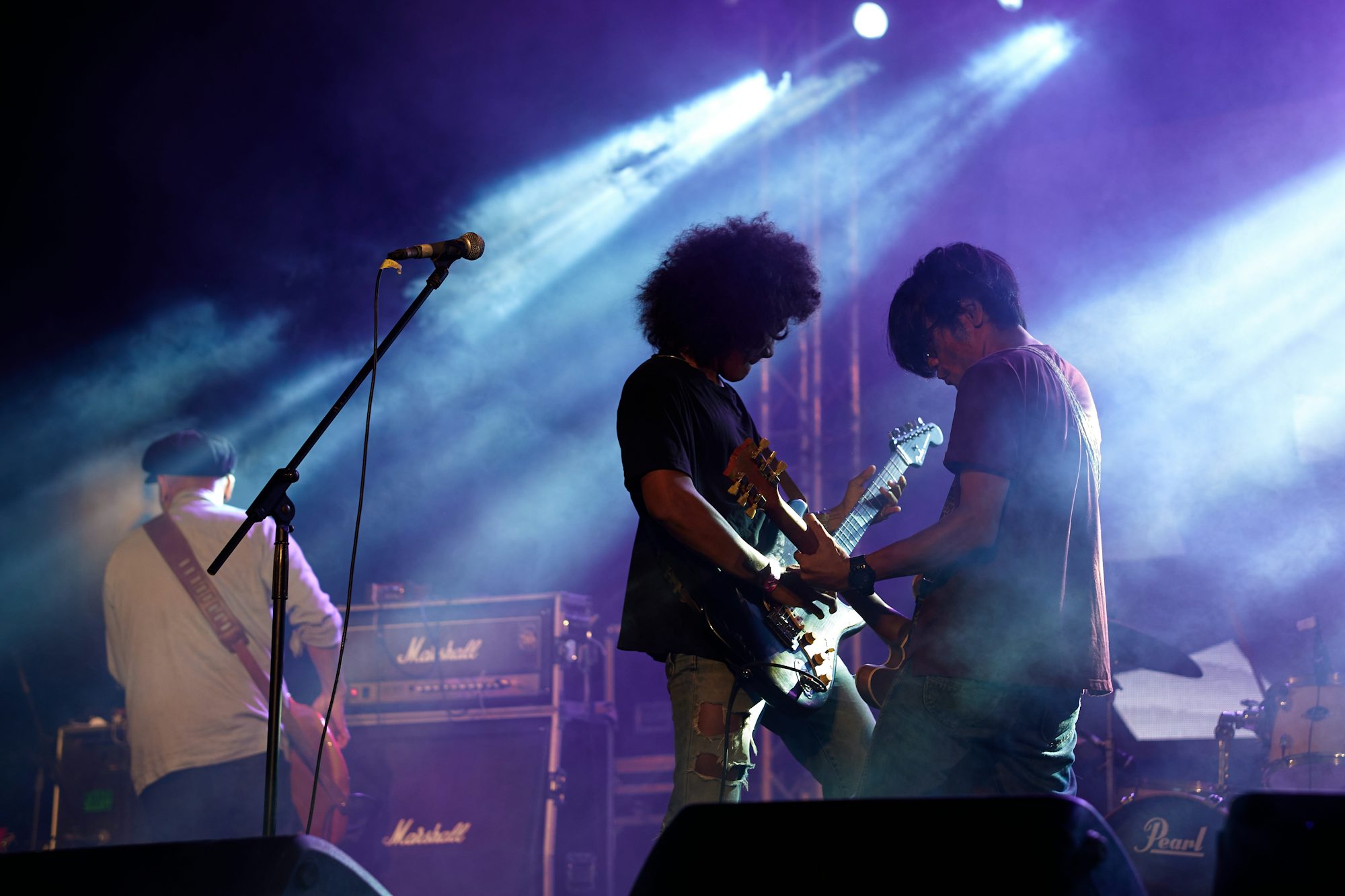The guitar, a seemingly simple instrument with six strings, has woven itself into the fabric of musical culture worldwide. Its versatility allows it to transcend genres and connect diverse communities, from folk and classical to rock and jazz. This article explores the global impact of guitar music, focusing on the cultural influences that have shaped its evolution and the artists who have brought these styles to life.
The roots of the guitar can be traced back to ancient stringed instruments in various cultures. The lute, for example, became popular in medieval Europe and influenced the development of the modern guitar. As the instrument evolved, it was embraced by different cultures, leading to a variety of styles and techniques. Classical guitar emerged as a refined art form in Spain during the 19th century, with composers such as Francisco Tárrega paving the way for a rich repertoire that highlighted the instrument’s expressive capabilities. Tárrega’s works, characterized by intricate fingerstyle techniques and emotive melodies, continue to inspire classical guitarists today, illustrating how cultural heritage can shape musical expression.
As the guitar transitioned into popular music, it became a central instrument in the folk revival of the 1960s. Artists like Joan Baez and Bob Dylan harnessed the acoustic guitar’s simplicity to convey powerful messages of social change. Their fingerpicking styles and heartfelt lyrics resonated with audiences, making the guitar an emblem of hope and resistance. Dylan’s ‘The Times They Are a-Changin” exemplifies this movement, merging musical accessibility with profound political themes. This era marked a significant turning point, as the acoustic guitar gained recognition not just as a classical instrument but as a vehicle for storytelling and cultural commentary.
The evolution of the electric guitar in the 1950s and 1960s further expanded its global influence. Pioneers like Chuck Berry and Buddy Holly showcased the guitar’s potential in rock and roll, blending rhythm and melody to create unforgettable riffs. Berry’s energetic performances and innovative techniques inspired countless musicians, while Holly’s harmonizing guitar work established new standards for songwriting. The electric guitar quickly became synonymous with youth culture, rebellion, and creativity, leading to the explosive growth of rock music.
As rock music evolved, the guitar became a symbol of individuality and expression. The late 1960s and early 1970s saw the emergence of iconic guitarists like Jimi Hendrix and Eric Clapton, who pushed the boundaries of technique and sound. Hendrix, known for his psychedelic performances and groundbreaking use of feedback, transformed the electric guitar into an instrument of emotional depth and intensity. His legendary rendition of ‘The Star-Spangled Banner’ at Woodstock epitomized the power of music to evoke strong feelings, bridging cultural divides and sparking conversations about identity and freedom.
Clapton, on the other hand, fused blues and rock, creating a unique sound that resonated with audiences across genres. His work with bands like Cream and his solo career showcased his mastery of both electric and acoustic guitars, highlighting the instrument’s versatility. Tracks like ‘Tears in Heaven’ reflect not only his technical skill but also his ability to convey deep emotions through music, making the guitar a vital tool for personal expression.
The blues, with its deep roots in African American culture, has also played a significant role in shaping the guitar’s identity. Artists like B.B. King and Muddy Waters utilized the guitar to express their experiences, employing techniques like bending notes and vibrato to create a soulful sound. King’s distinctive style, characterized by expressive phrasing and heartfelt storytelling, influenced generations of guitarists across genres. His signature song ‘The Thrill is Gone’ remains a classic, showcasing the guitar’s ability to communicate complex emotions.
In the 1980s, the emergence of heavy metal brought about a new wave of guitar virtuosity. Musicians like Eddie Van Halen and Randy Rhoads revolutionized guitar playing with their technical prowess and innovative techniques. Van Halen’s use of tapping and harmonics introduced a new level of complexity to rock guitar, inspiring countless players to explore the instrument’s potential. His groundbreaking track ‘Eruption’ remains a defining moment in guitar history, demonstrating the power of creativity and skill in shaping a genre.
As we moved into the 1990s and 2000s, the guitar continued to adapt to changing musical landscapes. The grunge movement, led by bands like Nirvana, brought a raw, unpolished sound that resonated with a new generation. Kurt Cobain’s straightforward guitar riffs and honest lyrics spoke to the disillusionment of youth, showcasing how the instrument could serve as a voice for societal sentiments. His iconic performance of ‘Smells Like Teen Spirit’ redefined the expectations of rock music, emphasizing authenticity over technicality.
In the contemporary music scene, the guitar remains a versatile instrument, with artists blending various styles and genres to create unique sounds. Contemporary fingerstyle guitarists like Tommy Emmanuel and Andy McKee have gained acclaim for their innovative techniques, incorporating percussive elements and intricate melodies into their performances. Emmanuel’s ability to create complex arrangements on a single guitar exemplifies the instrument’s limitless possibilities, while McKee’s use of harmonics and tapping techniques has expanded the guitar’s sonic palette.
Furthermore, the global influence of the guitar can be seen in world music genres. Flamenco, rooted in Spanish culture, showcases the guitar’s rhythmic and melodic capabilities. Artists like Paco de Lucía and Vicente Amigo have brought flamenco guitar to international prominence, blending traditional sounds with modern influences. The intricate fingerpicking and passionate performances highlight the guitar’s ability to convey cultural identity and emotion.
Brazilian music has also made significant contributions to the guitar’s global impact. Bossa nova, characterized by its smooth rhythms and melodic intricacies, features guitarists like João Gilberto, who played a pivotal role in popularizing the genre. His innovative approach to guitar playing, combining syncopated rhythms with soft melodies, created a new sound that resonated worldwide, showcasing the instrument’s adaptability across cultures.
As technology continues to evolve, so does the guitar. The integration of digital effects and looping pedals has opened up new creative avenues for musicians. Artists like Ed Sheeran and Kaki King utilize technology to enhance their performances, creating layered compositions that captivate audiences. Sheeran’s ability to combine acoustic guitar with looped rhythms has redefined live performances, allowing for a rich soundscape that engages listeners.
In conclusion, the guitar’s global impact is a testament to its versatility and cultural significance. From its classical roots to modern innovations, the instrument has transcended borders and connected communities worldwide. Through the contributions of iconic artists and the evolution of diverse genres, the guitar remains a powerful symbol of creativity and expression. As we look to the future, the guitar will undoubtedly continue to inspire and evolve, solidifying its place as one of the most cherished instruments in the world of music.


